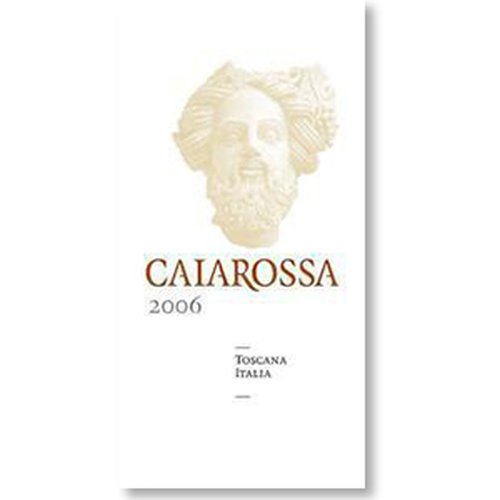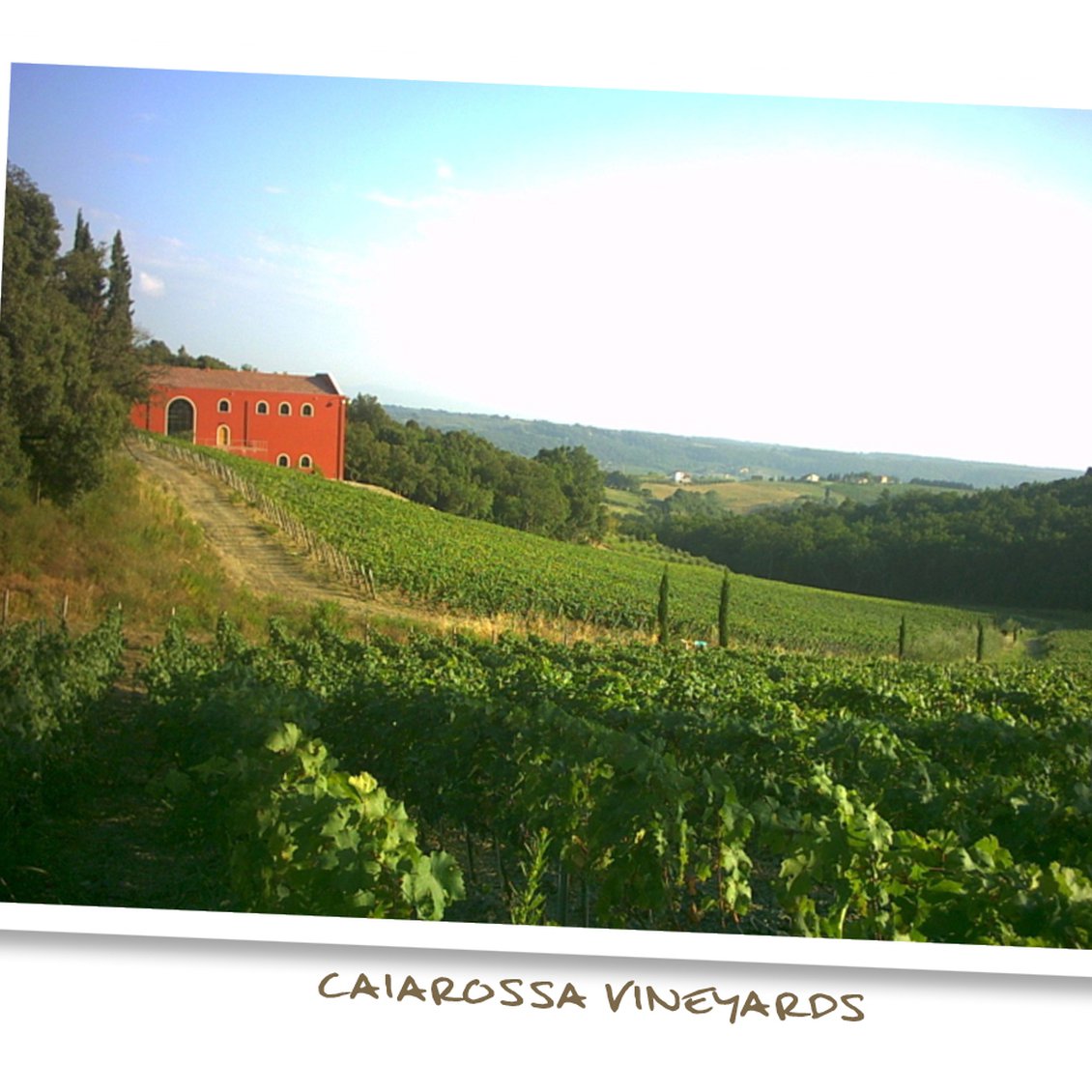
- 96 pts James Suckling96 pts JS
- 93 pts Wine Spectator93 pts WS
- 100 pts WineAccess Travel Log100 pts WATL
- Curated by unrivaled experts
- Choose your delivery date
- Temperature controlled shipping options
- Get credited back if a wine fails to impress
2006 Caiarossa Toscana IGT 750 ml
- Curated by unrivaled experts
- Choose your delivery date
- Temperature controlled shipping options
- Get credited back if a wine fails to impress
Margaux on the Tuscan Coast
 |
When Dutch entrepreneur Eric Albada Jelgersma decided to throw his hat into the wine trade, he did so with quite a splash. In 1995, Albada Jelgersma purchased Château Giscours, one of Margaux’s most revered Troisième Cru. In 1997, the Dutchman landed Château du Tertre, a second Margaux classified growth.
A few years later, Albada Jelgersma turned his eye towards Tuscany. From Livorno, he drove northeast, entering the Val di Cecina, a magnificent coastal department named after the river that runs through it. The river and close proximity to the sea make for a unique microclimate. Summers there are as hot as in Margaux, but the cooling maritime breezes temper the rays of the Tuscan sun. The winds gust from the west and, when the sun sets, the temperature plummets nearly 35 degrees Fahrenheit.
Albada Jelgersma was intrigued. He called in his team from Bordeaux and had them consult with Andrea Paoletti, the master oenologist who helped craft the Antinori family’s Ornellaia. Together, they evaluated the viability of growing Bordeaux varieties in Val di Cecina. Just a few months later, the Dutchman made his third world-class acquisition in less than a decade: Caiarossa.
Under Paoletti’s supervision, Caiarossa adopted strict biodynamic farming protocol — the same holistic winegrowing approach championed by Domaine Leroy in Burgundy, Zind-Humbrecht in Alsace, and Chapoutier in the Rhône. Within a few years, roots burrowed meters into the substrata, quenching the vines’ thirst on underground water preserves, protecting the Cabernet Sauvignon, Merlot, Sangiovese, Petit Verdot, and Cabernet Franc from dehydration during the last weeks of the growing season. Sugars spiked while acids remained firm. In warm vintages, Caiarossa began turning out Bordeaux blends that mimicked the richness and elegance of Margaux — and 2006 would rank among the very warmest growing seasons of the new millennium.
June and July 2006 were two of the hottest in Tuscan history. While August brought much-needed rain, mitigating the risk of hydric stress, the heat returned in September and early October. Late-maturing Bordeaux varieties and Sangiovese were harvested at Napa-like maturity, while acids and tannins remained firm.
Nearly TEN years after harvest, the 2006 Caiarossa remains decidedly youthful, showing little sign of its 7.5 years of bottle age. Deep purple/ruby to the edge, infused with voluptuous aromas of blackberry, sweet spice, and licorice, the attack speaks both of the Tuscan coast and the proprietor’s home base in Margaux. Sleek, suave, and polished, packed with black- and red-fruit preserves, finishing with the dusty tannin finish that CONTINUES to argue for a decade of cellar slumber.
96 points from James Suckling, one of the highest ratings for any under-$40 Tuscan red of the last decade. 93 more from Wine Spectator. $70/bottle on release. $33 on WineAccess. Last Call: 324 bottles are up for grabs.
You might also like these wines
- Member Favorite
- You're on page













